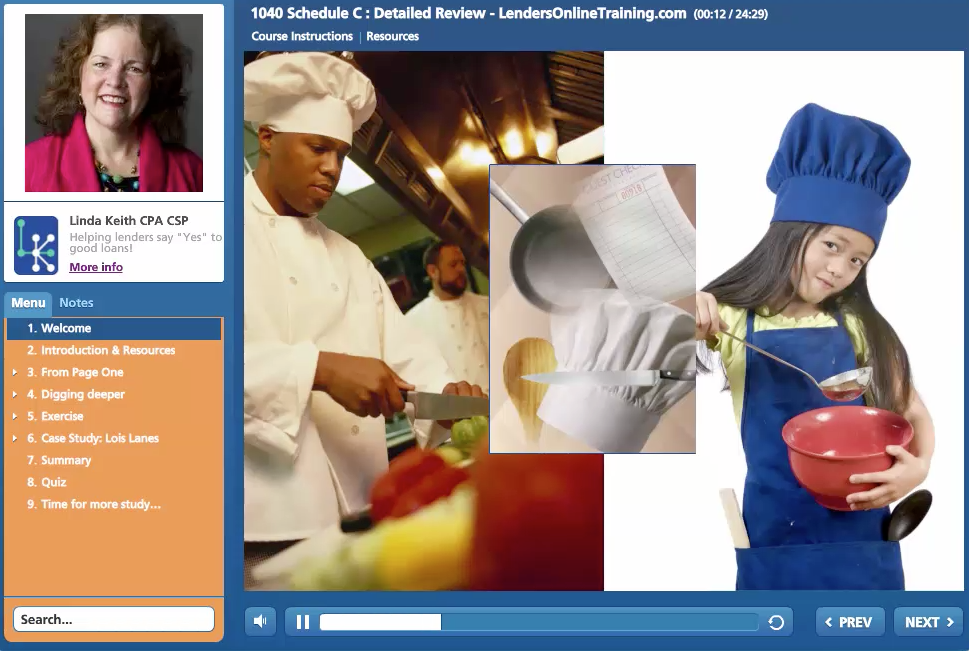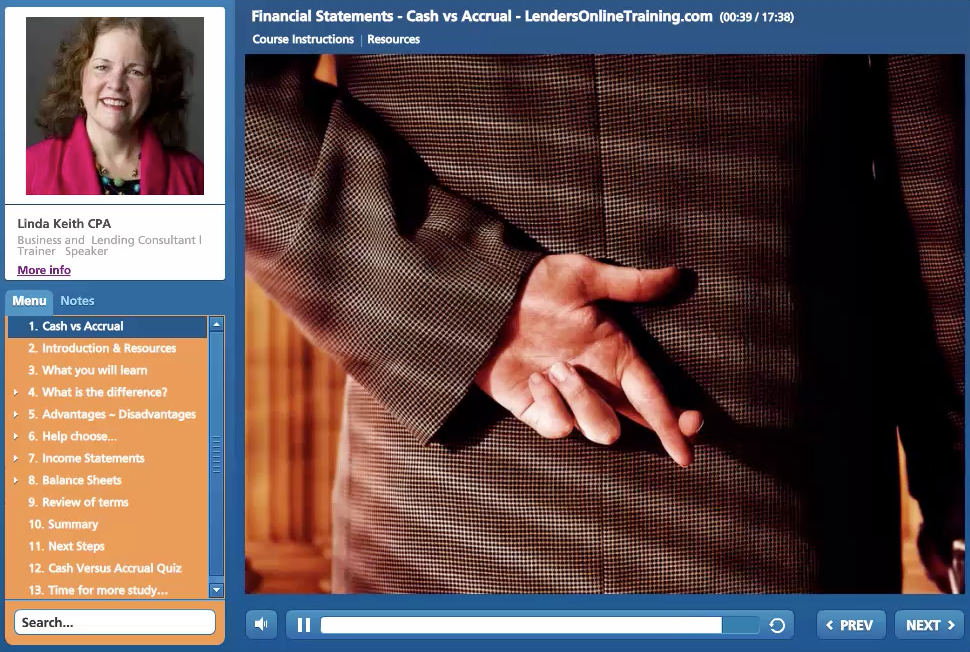Two reasons tax return revenue might fool you
Fred asks:
In the supporting statement for a Schedule C, I found a line labeled “Nominee Distribution to XYZ Partners, Inc”. What is this?
Linda says:
The term “Nominee” is used when a company or person receives a 1099, and therefore has to report revenue or income, that really does not relate to this taxpayer.
Usually on Schedule B
You see it much more often on Schedule B. As an example, if I am on my mother’s bank account but it is her account, and for some reason the bank sends the 1099 for interest to me with my social security number on it, I have a problem. The IRS thinks it is mine so I cannot just ignore it and report it on her return.
So, I report it on mine, and then subtract it off as “Nominee Interest”. I also would be required to issue a 1099 Nominee Interest to my Mother with a copy to the IRS. She would then report the interest on her return and all would be well.
Why on Schedule C?
I have not seen Nominee Distribution on a Schedule C before but I am guessing that the business received a 1099 for Non-employee Compensation that should have been issued to the corporation they listed. If my guess is right, they reported the revenue but subtracted the same amount in the expenses, washing it out. Since this is a Schedule C, it could be that the reporting entity it is a one-owner LLC and the named corporation is related.
How does that make revenue misleading?
In this case, the revenue reported includes the revenue later backed out by virtue of the “nominee distributions”. If you are paying attention only to the bottom line, it is not misleading. You can get the wrong impression, though, if
- you are comparing revenue from one year to another or several other years
- they do not both have similar amounts of nominee income/distributions
- the amount of nominee revenue/distributions is significant
Note, this does not lead to an incorrect calculation for cash flow available to pay debt or, as my AgLending clients would say, capital debt repayment capacity. Your approach to tax return analysis should work either with or without the nominee issue. It is the impression you have of the business that can suffer.
A second cause of misleading revenue on tax returns
The most common reason revenue on a business tax return (and Schedule C certainly is that) might be misleading is when the return is on the cash basis. Differences between the years may be related solely to variations in the balance in accounts receivable. Is the Accounts Receivable balance building? If so, when they are reporting on the cash basis, they are listing less revenue than they earned. There is nothing wrong with this. It is a legitimate tax choice. But it can fool the lender if you try to draw conclusions from the changes in top-line revenue and do not notice the tax return income statement is reported on cash-basis.
With Schedule C and Schedule F, and even the smaller corporations and partnerships, the related balance sheets are not included. So you cannot even look at the changes in accounts receivable to see if it is building. At least, not on the tax returns alone.
Some of my clients’ software will convert cash to accrual basis in their analysis by taking into account the changes in accounts receivable and accounts payable in an accompanying accrual-basis balance sheet, if they have it. In that case, they need to be sure to wipe out that adjustment if the income statement information is coming from accrual-basis tax returns or financial statements.
More on Schedule C and the impact of Cash vs Accrual Basis
Schedule C is covered in our virtual training on tax return analysis. So is the difference between cash and accrual basis. Need to dive in? Click here to get more info and take advantage of our lender online training. You choose between completely self-study and interactive, virtual class options.


